From an early age, I had an interest in the Special Olympics and wanted to get involved. I have little doubt that I would have done so, but then Pauline was diagnosed with transverse myelitis. Pauline's diagnosis dramatically changed her life, and it changed mine. I found myself immersed in trying to be a good husband and father, working five days a week at my job with the state of Ohio, and then spending every evening and weekend doing the work of The Transverse Myelitis Association. There was no time for the Special Olympics or little else for that matter.
Pauline was a very spiritual person and had a clear conception of the role of a higher power in our lives. Her belief that there is a reason and purpose for everything was a part of her spiritual package. She told me more than once that she believed that she got TM so that I would be able to help her and all the others over the years who shared her diagnosis. My response to her was always, I would give up all the TMA work in a minute in exchange for none of this ever happening to you and volunteer for the Special Olympics.
Geoff Treglown also had transverse myelitis. He became our support group leader in the UK and took on the huge task of doing the mailings of our newsletters, journals, and new member packets across all of Europe. Geoff and I became close friends even though we were never in the same room together ... we were never in the same country together.
Geoff very tragically died from an infection that got out of control. It happens more often than I want to think about.
His memory should be a blessing.
I received a call from an attorney in the UK shortly after Geoff's passing. Unbeknownst to me, Geoff left a very generous gift to the TMA in his will. At the time, what he left us was more than what we were raising over a five-year period. I spoke to the other officers and asked them to allow me to deposit the money and to not touch it until I retired from my day job. I wanted to use this money to professionalize the organization. I knew that an all-volunteer organization had no future, and I believed that one of my most important responsibilities was to make sure that people who were diagnosed with our disorders had access to the support, education and research that had become fundamental to the TMA. Jim, Debbie, Paula, Pauline and the many volunteers who gave so much of themselves over the decades changed the world for people with our disorders. But there was no guarantee that we would find people in the future who would volunteer to the extent necessary to run what was becoming a more complicated organization.
The year I retired from my job; I began doing research on what it meant for the TMA to have an employee. What were our legal, moral, and ethical obligations to begin to pay people to do all this work? That was 2011. We made our first hire of Chitra Krishnan as our executive director. It is now 2024 and the Siegel Rare Neuroimmune Association has eight incredibly dedicated, creative, smart, and driven employees.
I was always motivated in my work by my love, care, and concern for Pauline. There were so many benefits Pauline derived from our work. When Pauline died in 2017, the things that had driven me to do this work since 1994 had changed. Pauline and I had invested so much of ourselves over the years that turning away from the organization was just not an option. Over the last few years, my efforts have become a way for me to honor Pauline's memory and to do all I can to further define her legacy. Our board created the Pauline H. Siegel Eclipse Fund for Research. Connecting Pauline's legacy to the research we support was such a fitting way to remember her life that was so devoted to healing the world. Then the board changed the name of our organization to the Siegel Rare Neuroimmune Association. That honor was beyond humbling.
I remain the president of the SRNA, and I serve on our board. I have no intention of leaving my position any time soon. In fact, my work has intensified this year as we recognize our 30th anniversary. The nature of my involvement, however, has changed dramatically since we have such a great staff doing this important work. I am not involved in the day-to-day operations as I had been in the past.
I now have the time that did not exist for me since 1994. When I retired, I became a photography student at Columbus State Community College. They have an excellent program. Over the past decade, I have taken many courses and I continue to develop my skills as a photographer.
I contacted the volunteer coordinator for the Ohio Special Olympics in early 2023 and spoke to her about my interest and what I thought I could offer to their organization as a photographer. I got my first assignment in June. It was a three-day, statewide event at The Ohio State University that involved many different venues and competitions.
On Friday afternoon, I covered the track and field events at Jesse Owens Field.

As noted in my previous blog, I do my best work as a documentary photographer, when I am officially designated in this role. It makes the work so much easier. I had a large badge hung around my neck that labeled me as media. I was permitted to go anywhere in the venue, everyone knew what I was doing with my camera, and everyone was thrilled to have their pictures taken. It just doesn't get any better than that.
The first track and field events on Friday were held in the afternoon. It had poured all morning. The skies were really threatening, but it only rained lightly or drizzled the rest of the afternoon.
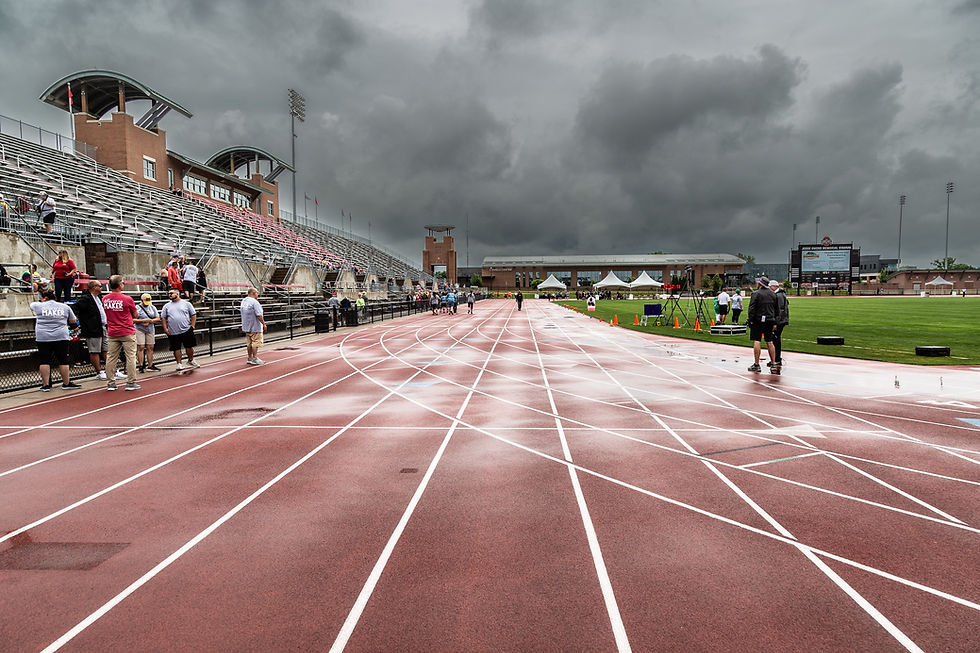
I covered my camera the best I could and went about shooting the event. I love to shoot events such as this with overcast skies. With documentary photography, it is not always possible to get into the best position to shoot. Having to fight the sun can be a difficult task. This is the case in shooting events and the awards ceremony, and even more so in taking portraits. This type of portrait taking is called environmental portraiture because you are out in the elements, and away from a studio where you can have almost total control over the way a subject is lit. With an overcast sky, the subject is never squinting, and it is easy to control the exposure of the shot. I enjoyed the overcast sky on Friday. On Saturday and Sunday, the sun was out for much of those days, and there were challenges that came with those conditions.
I was the only photographer to cover the entire venue on Friday. It was sort of nuts. I was running between the events, the awards ceremonies and everything else I wanted to cover to tell the story. And it is such a wonderful story. The Special Olympics has a paid staff, but like the SRNA, volunteers are the foundation of the organization. From the people who train the athletes, to the people running the events, to those who are giving out the awards, to the medical staff, and those who are keeping the entire operation organized and running, it is volunteers who make it all happen.
I spent Friday afternoon running around on two bad knees trying to cover as much as I could. My goal was to capture every athlete competing and their participation in the awards ceremonies. The volunteers figured out very quickly what I was trying to accomplish, and they were amazingly supportive.
I also spent the afternoon keeping water off the lens of my camera and was constantly cleaning it so that I didn't get spots on any of the images. It is so much easier to clean a lens than it is to clean up spots in post-production.
All the track and field events that were held on Friday were races; everything from long distance to the sprints.
This event was a sprint. Each of the runners was assigned a lane, and they were supposed to remain in that lane for the entire race. I positioned myself outside of all the lanes so that I could get photographs as they started and again as they ran past me. As soon as the starting gun was fired, this athlete left her lane and ran directly at me. In the second image, she continued to run directly at the photographer. She no longer had a lane; I had become her north star.
This is the last photograph I took before I turned and ran. The volunteers retrieved her and put her back in a lane to finish the race. If I had taken one more shot, I have no doubt that I would have been run over. While I could have considered this episode as amusing, I only did so momentarily. What it reinforced for me was just how serious and tenacious these athletes are about the competition. Throughout the three days, I observed athletes trying their best to excel in their events, and wonderful, positive attitudes, camaraderie, and sportsmanship.
Saturday morning, I was the only photographer to cover the tennis competition for four hours. There were eight courts, and I had similar goals for myself in documenting the event. I wanted to capture each of the athletes in their competition and during their awards ceremony. I also wanted to be sure to document the whole story, which included the volunteers and the spectators.
There was a chart between the courts where the matches were being tracked for each category of competition.

Each of the competitions in all the venues had spectators who were cheering on the athletes. Families, friends, coaches, and fellow athletes did some serious cheering. Another important element of the story.
These were new age spectators at the tennis courts.

Late Saturday afternoon, I was assigned to photograph the baseball throw.
On Sunday, I was back to the track and field events. This was the first time there were other photographers documenting the venue, so I decided to focus on the long jump.
You can tell a lot about an organization by the number and quality of volunteers who are participating. I know this from observing my own organization. People aren't being attracted to doing this work by any kind of financial reward, because there is none. So much in our society is driven by money. A not-for-profit organization has to offer something to attract people who are willing to give of their time, energy, creativity, talents, and life experience. That's a lot to ask of people whose rewards are going to be intangible. In America, it is a central element of our culture that time is money. You have to offer people something of great intangible value for them to be willing to give their time. An effective organization makes people feel good about volunteering. That's the payoff. If the mission is good, if it is well executed, and if people can observe the value to other human beings from what you have to offer, they are going to feel good about their participation. Tikkun olam (to heal the world) is a powerful value. When people feel as though they are helping to heal the world through their efforts, it will be worth their time.
I knew nothing about Special Olympics Ohio before I volunteered. And after being involved in this three-day event, I have to say that I still know very little about the organization. My interaction with their staff during my time documenting this event was minimal. I met a couple of people and shook a few hands. From what I observed, including my observation of all the utterly amazing volunteers, I know all I need to know about Special Olympics Ohio.
Over the three days, from all the events I covered, I tried my best to capture the awards ceremonies. It was a challenge, because the ceremonies often took place concurrent with events, and sometimes in separate locations. I limped around as quickly as I could. I loved that I was able to get everyone looking at me with eyes open, by simply asking the athletes to look at me. I was often crouched down to get out of the way of friends, family and coaches who were also taking pictures. The athletes were gracious and enthusiastic. They were so proud of themselves whether they received one of the medals or a ribbon. And there was so much sportsmanship as they often wanted to share their achievements with their competitors. Another critical part of the story. You can see it in their faces and in their gestures.
The athletes competing in these statewide events are associated with a local or regional Special Olympics organization. No one told me that, but it became clear to me after observing three days of this program. These groups were a significant part of the story and I wanted to be sure to capture it. Whenever I saw any of these groups together, I quickly got them organized into a photograph. And I had to get them organized quickly, because I was often the only photographer around trying to capture three different things at once.
I'm assuming that you've heard people talk about an inside voice and an outdoor voice. This usually refers to the volume of one's speech. I have figured out that I also can assume an authoritative voice. This story has nothing to do with the price of fish, but it makes my point.
I am a big fan of Tori Amos. She was coming to Columbus, and I got second row tickets for Pauline and I to see her at the Palace Theatre. When we arrived at the concert, we noticed that our seats were located where the orchestra pit would usually be found. The seats in the theatre are bolted to the floor, but the first two rows were temporary folding chairs. Each of the two rows of folding chairs were roped together at the base, so they couldn't be moved individually and the first of the rows was about eight feet from the stage. An usher watched me come in with Pauline. He was kind enough to approach me after we were seated and told me that they were going to release the audience as Tori began her first song, and people were going to rush the stage. There would be a large mob between our chairs and the stage. There was no way that Pauline would be able to see anything during the entire concert. I waited until most of the two rows were filled and then got up in front of the stage, got everyone's attention using my authoritative voice, and explained what was going to happen when the concert began. I asked everyone to get up and in unison to pull their seat all the way up to the stage. I then asked the people on the ends to put their feet up onto the stage as the concert began to block anyone from squeezing in. As Tori began to sing, we heard and felt a stampede toward the stage. It stopped behind us. A few people tried to squeeze between the front row and the stage, but the legs up on the stage in the front row blocked them. It worked like a charm, and Pauline was able to see the concert while seated.
I used to lecture to students in large classrooms, so I have always had the volume. It didn't take me long to figure out authoritative. Getting all these people organized into a group photo was a piece of cake. I really love the way these turned out. You can see everyone's face and eyes are open.
Another major part of the Special Olympics story was family. It was not always easy to do, because I spent three days running around like a cockroach, but when the opportunity arose, I did my best to grab it. None of these athletes got involved in the Special Olympics on their own. From involvement to training to competition, family is at the center of the athletes' participation. It was easy to identify the most enthusiastic cheering sections, and when I saw them, I did my best to capture these important moments.
Pride and love in abundance.
These shots required a less authoritative voice.
These were by far my favorite shots. I tried my best to take a portrait of each of the athletes. As I've noted numerous times, the most difficult course I took in college was portraiture photography. Studio work requires lots of technology and lots of math. Both are just too intimidating for me. Environmental portraiture can require much less technology and math. The first day was easy because there was no sun. I did my best to capture these wonderful athletes. Our humanness is in our face. It is in our eyes. That is the reason it is so important to get a person's eyes in tack sharp focus when doing a portrait.
I was able to capture each of the athletes' attention between their events by asking them if I could take a beauty shot. No one declined, and more often than not, there was real enthusiasm around the idea. And you can see that in all these beautiful faces. My favorite way to take a portrait is to fill the frame with their face. If I lose the top of a head or an ear, I'm ok with that. When you fill the frame with a face, you are presenting the most intimate side of our humanity. I wanted these portraits to be intimate and personal. I wasn't able to accomplish that goal in many cases, just because I was having to work so fast and because the amount of time the athletes were able to devote to this crazy photographer was limited. People can also be a bit intimidated by having a big honking lens pushed up into their face.
What an awesome use of three days of my life.





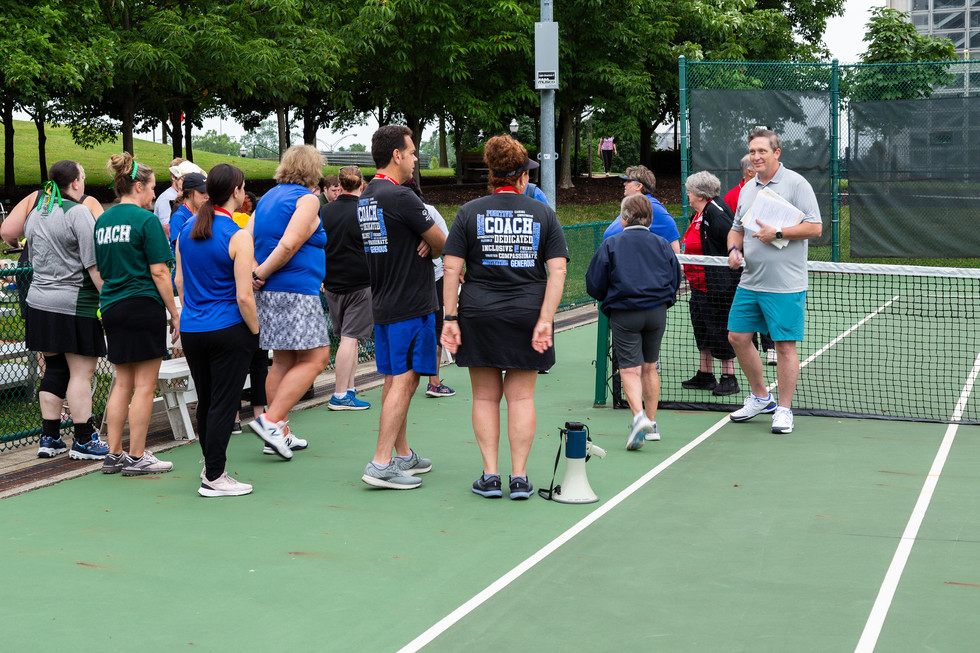















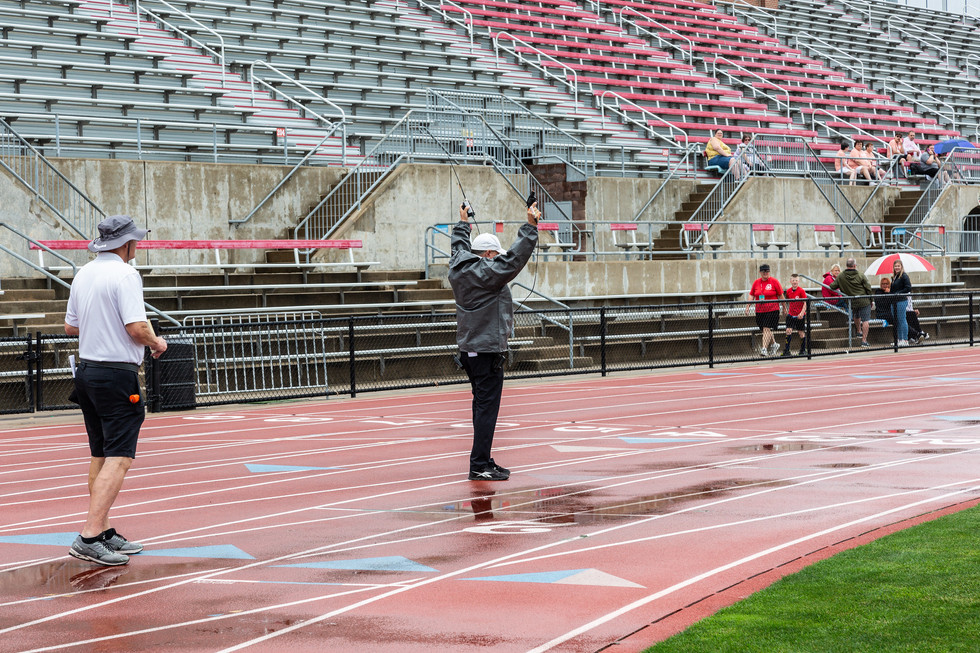





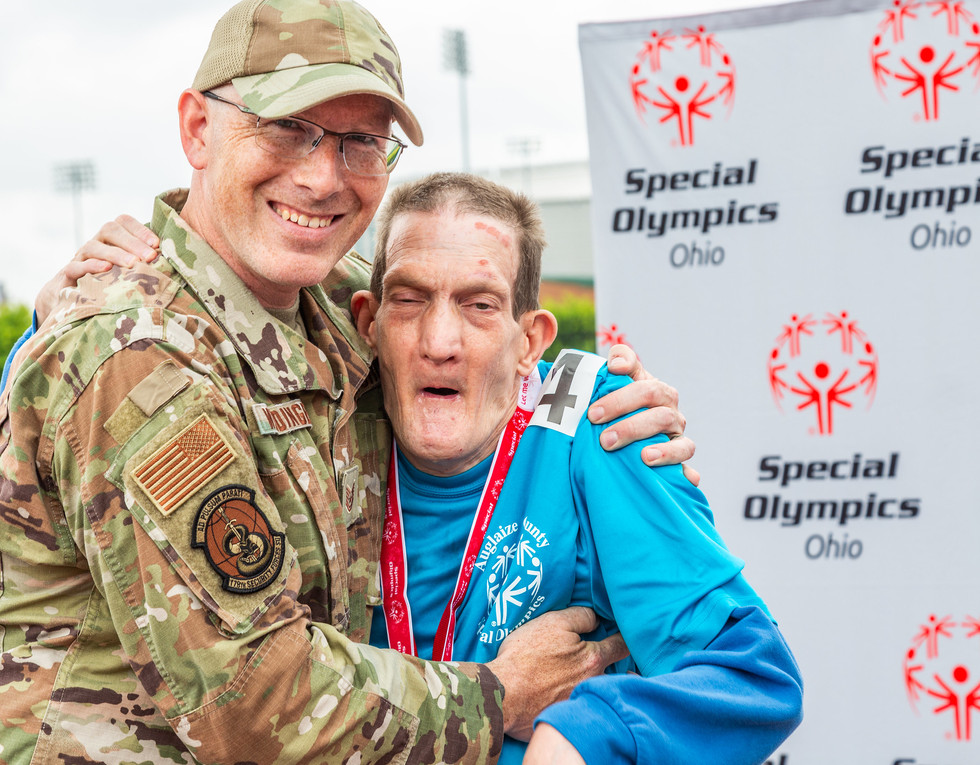










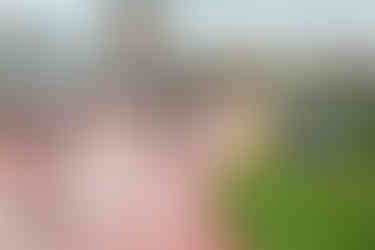






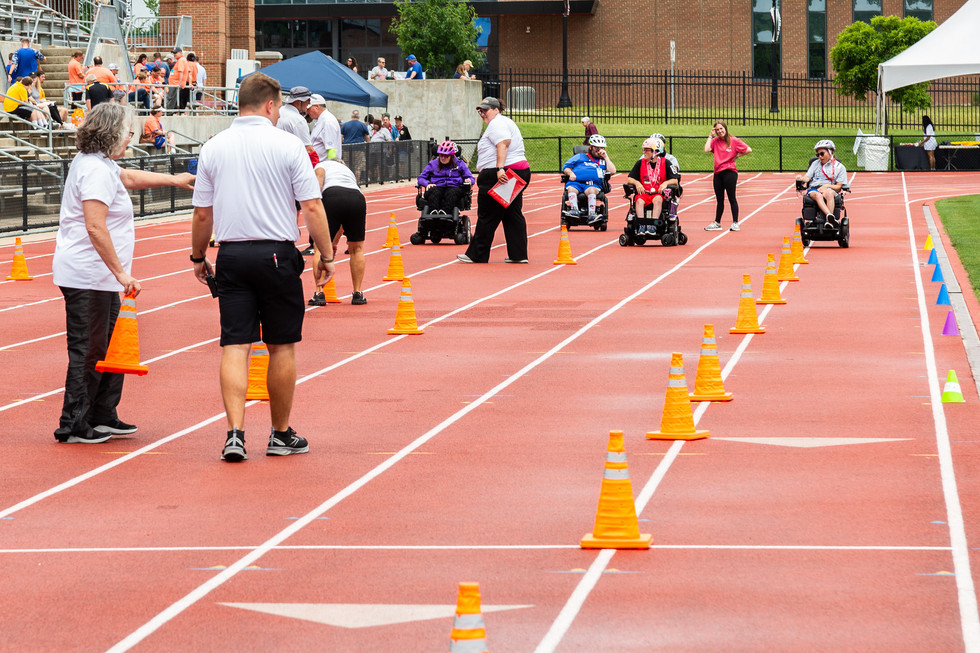





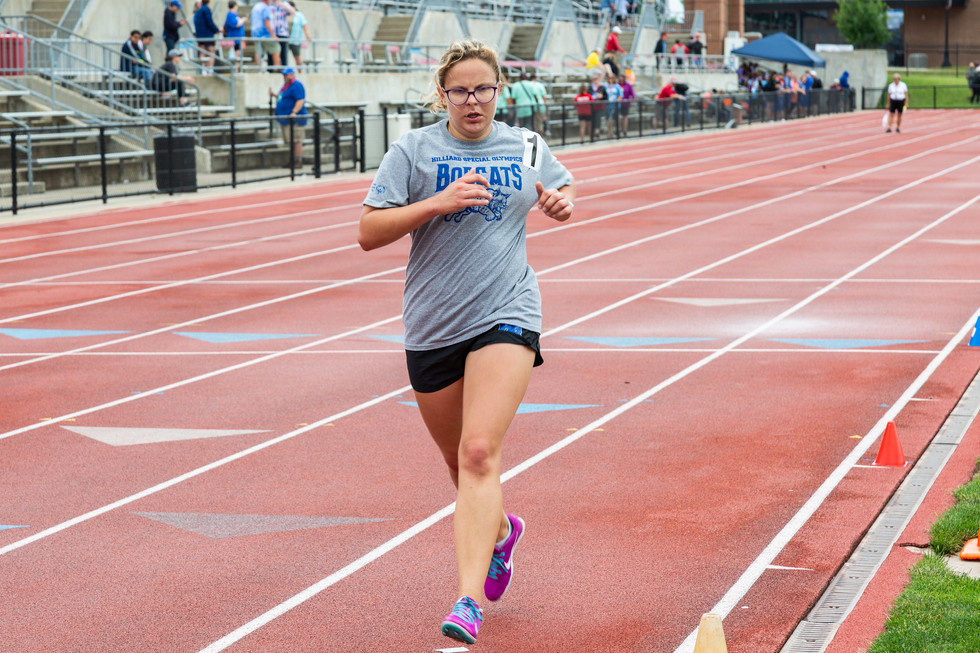

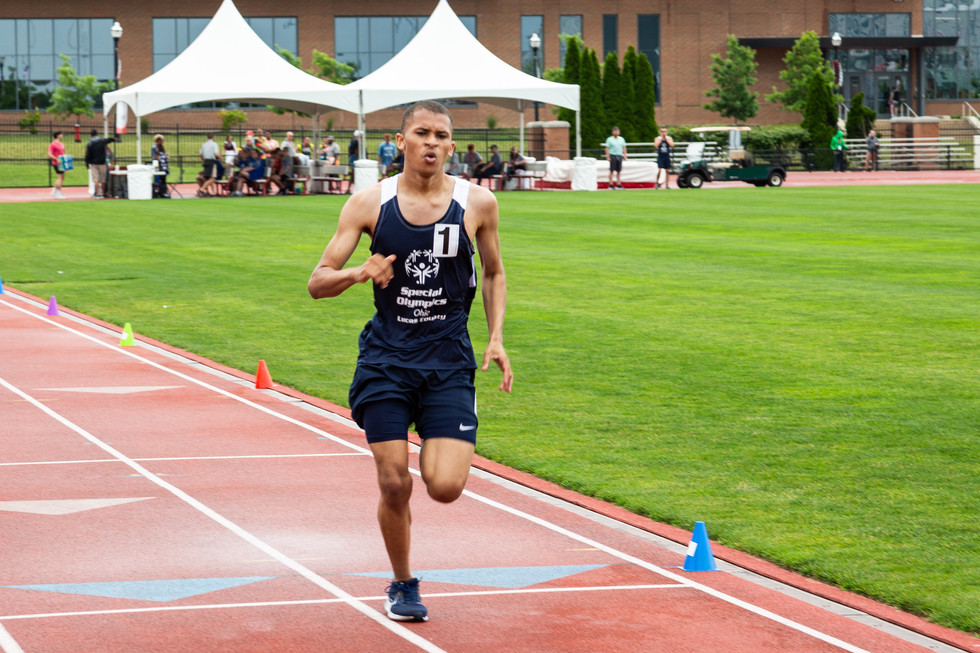



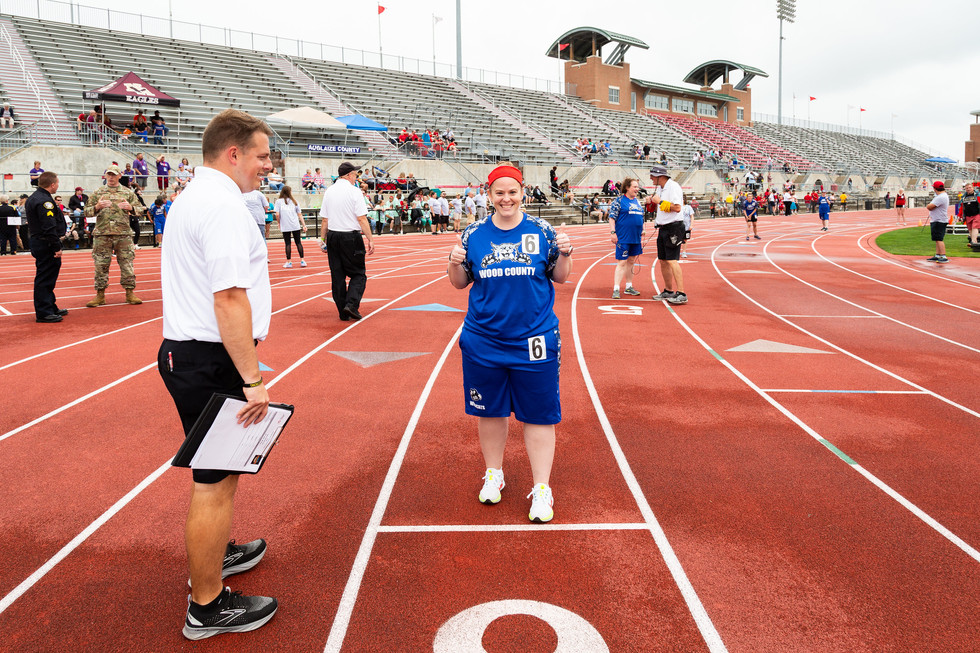
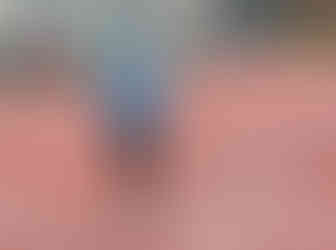





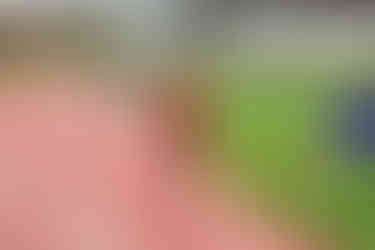


























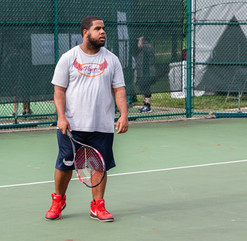



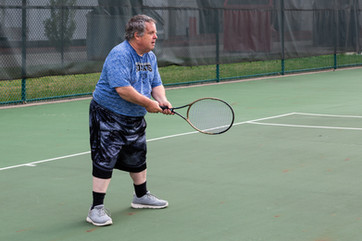



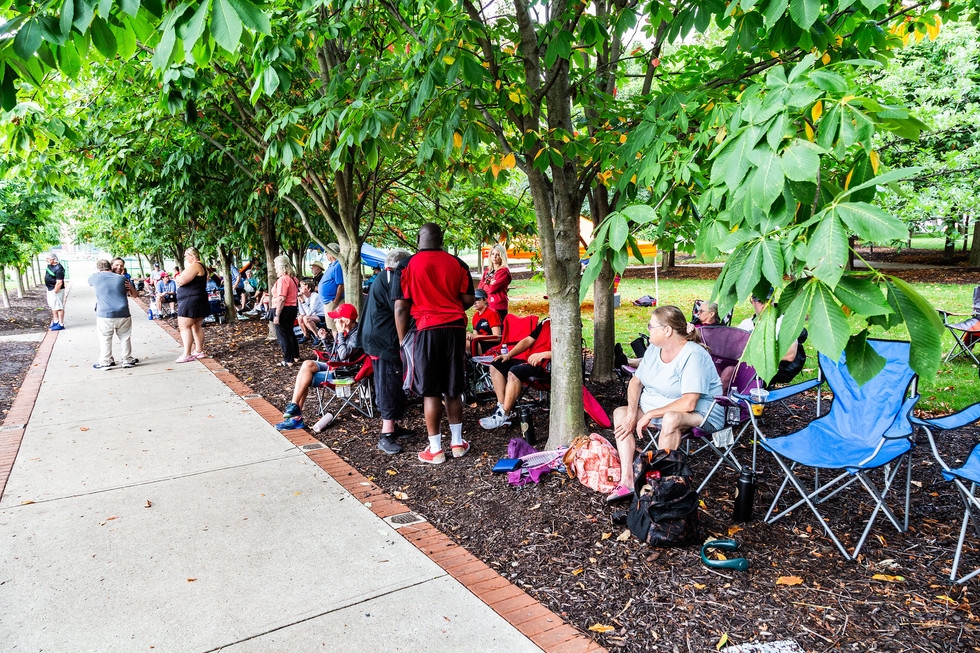


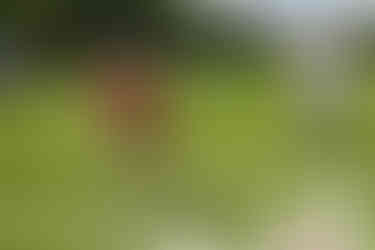





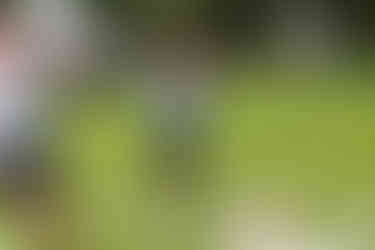






























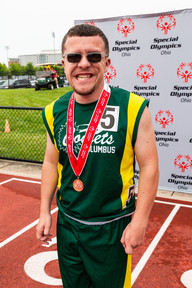





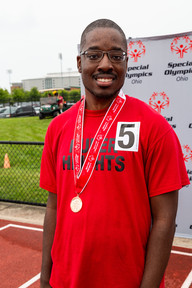

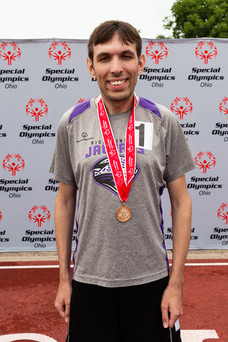

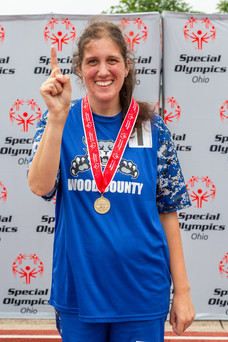














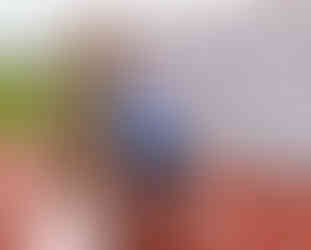


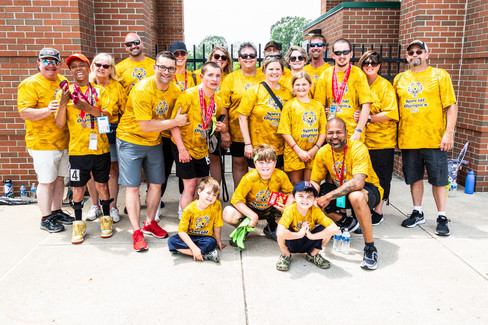





















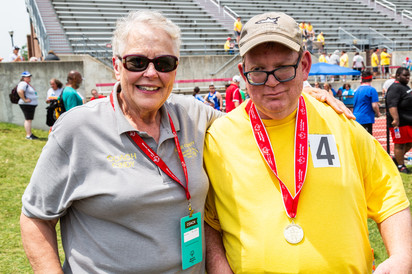















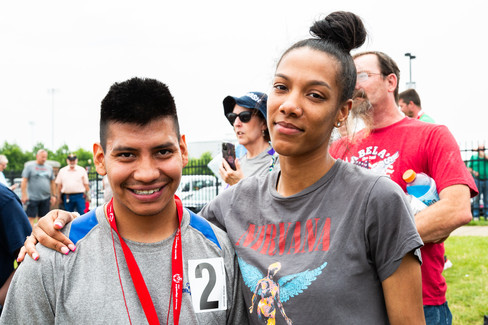



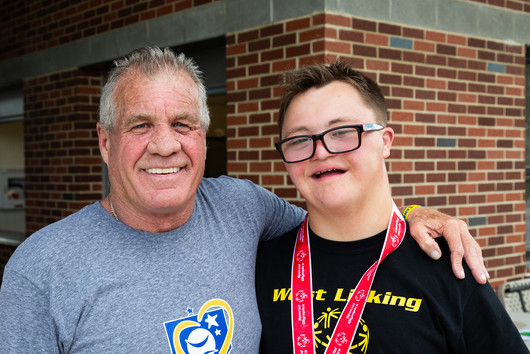













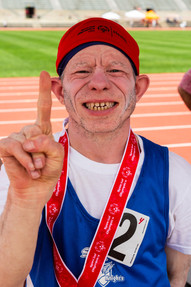









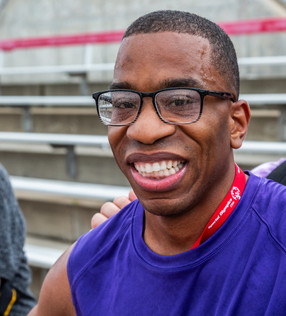










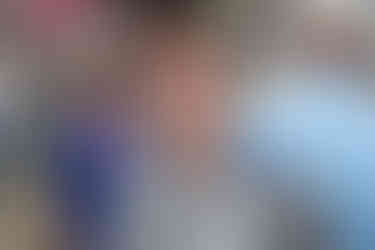






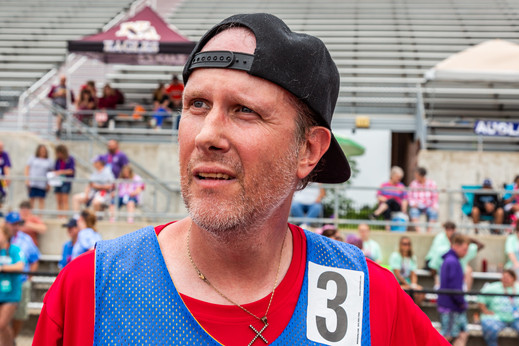




















I recall volunteering at the Special Olympics in San Francisco, CA. I was a 'Hugger' and had the pleasure of hugging the runners as they crossed the finish line. It was the most fulfilling participatory athletic event I ever experienced. So much fun for everyone!!!